On an October afternoon, at a padel court in Ho Chi Minh City, most of the players we ( Thanh Nien reporters) met were foreigners.
"In Vietnam, players are familiar with tennis, and recently pickleball has also developed rapidly. But in the world, padel is the racket sport with the fastest growth rate," said Mr. The Bao, head coach of the Viet Padel Club.
Coach The Bao said the padel movement in Vietnam is still quite new, but many foreigners living in Ho Chi Minh City have proactively sought out practice grounds: "The number of grounds is not many yet, but the spread is quite fast. Once players try it, they will want to come back because the feeling is very different from other racquet sports," he said.
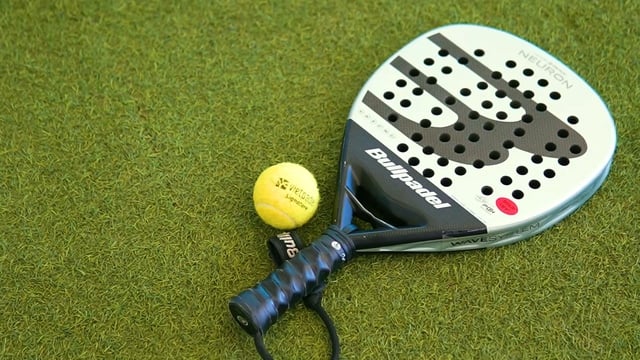
Padel balls and rackets
PHOTO: VO HIEU
From Mexico to Spain: the journey of a "hybrid" sport
Padel was invented by Enrique Corcuera in Mexico in 1969. The first court he built on his property in Acapulco was a combination of tennis and squash. The wall surrounding the court not only held the ball but also created a new way of playing, where players could use the reflex to bounce the ball to continue the play.
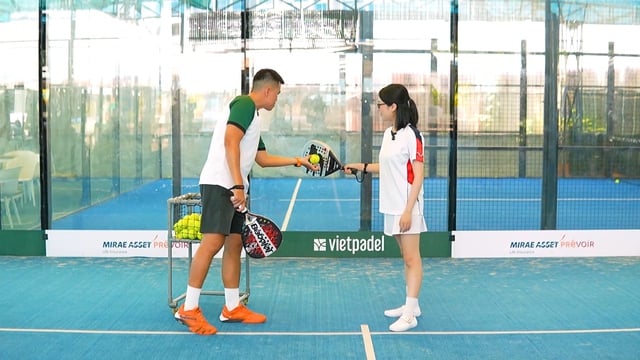
Coach The Bao instructs reporters on how to serve in padel
PHOTO: VO HIEU
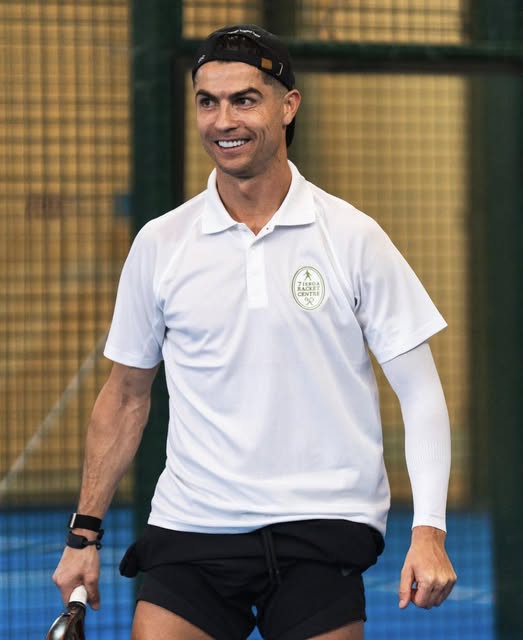
Football superstar Ronaldo also plays padel
PHOTO: FBNV
From Mexico, padel quickly spread to Spain and then exploded strongly in Europe. Currently, in Spain, padel is the second most popular sport - just after football. The growth of this sport continues to expand to other European countries such as Italy, Sweden, England, France, and then gradually spread to Asia after the Covid-19 pandemic.
Court and rules: smaller than tennis, more flexible than pickleball
According to coach The Bao, the first thing that makes padel different is the court structure: "Padel is completely surrounded by glass walls and fences. When the ball bounces off the wall, the player can still continue hitting. This factor makes the match longer, more interesting and creates many special situations."
Try playing padel - will the sport be as hot as pickleball?
Padel courts are 10 x 20 m in size, smaller than tennis courts. In the middle of the court is a net, and around it is a glass wall about 3 m high. Padel is played in doubles, scored like tennis: 3 sets of six games each.
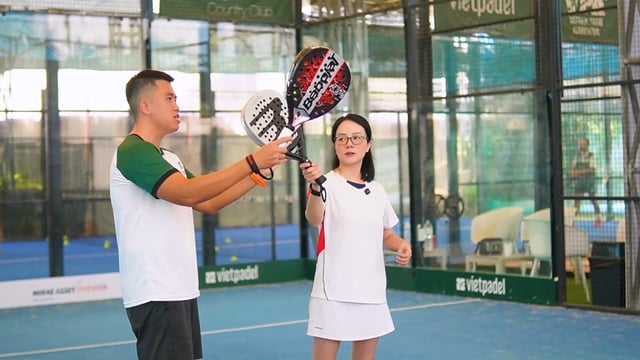
Players must wear wristbands to avoid injury.
PHOTO: VO HIEU
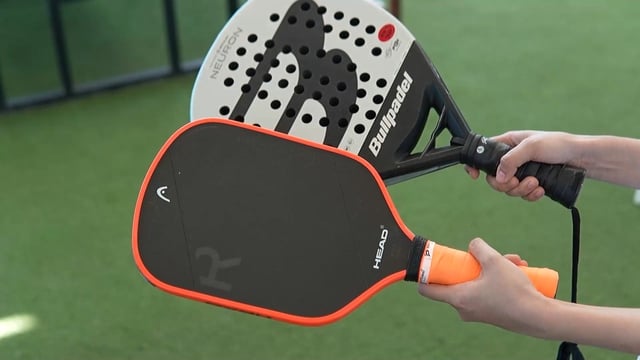
Compare the size of pickleball racket (orange black) and padel racket
PHOTO: VO HIEU
The player serves with his underhand, and the ball must touch the ground in the service box before it crosses the opposite court. If the ball hits a wall, the player is allowed to hit it again, as long as it stays within the court. The rules of service are also strictly defined: the player must stand behind a line 6.95 m from the net, hitting the ball at or below waist height.
Padel rackets are larger than pickleball rackets, thicker and heavier. On average, a padel racket weighs about 365-370 grams, even heavier than a tennis racket, although the handle is much shorter. The racket surface has many small ventilation holes to reduce weight. The most special thing about this racket is that it has a string connecting the bracelet to the racket handle. When playing, players are required to wear the bracelet to limit injuries.
Coach The Bao explained: "Because the racket is shorter, swinging it doesn't make your arm tired, but the weight of the racket helps the ball bounce off the wall more strongly and stably. That's the unique feature that makes padel completely different from pickleball or tennis."
According to coach Thế Bảo, who is also a former tennis coach, players with a tennis or pickleball background will need very little time to get used to it.
"Basic techniques like how to hold the racket, move or volley are similar, the only difference is that the player must know how to use the wall to handle the ball," he said.
Is playing padel tiring?
Many people think that because the ball bounces off the wall, padel requires high physical strength. However, according to coach The Bao, this is only true at high levels of competition. At the amateur level, padel is much lighter and easier to play.
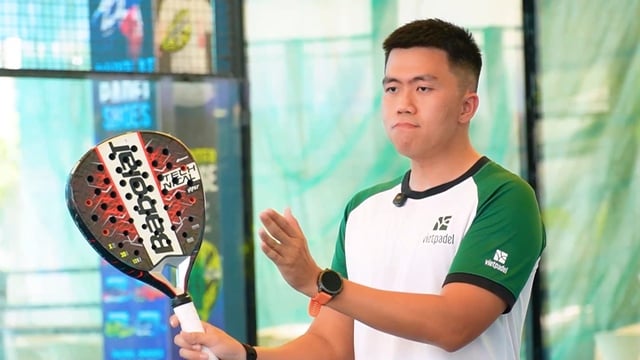
Each padel rally can last a very long time.
PHOTO: VO HIEU
"At the basic level, players do not need to move too much because they can wait for the ball to bounce back. The ball phase can last longer but the tempo is slow, not requiring extremely fast reflexes like badminton or pickleball. Therefore, padel is suitable for all ages and even people without strong physical strength.
If playing in pairs, two people have to understand each other and move in sync. This is a sport that requires a high level of communication and coordination," he said.
Why is padel predicted to be as hot as pickleball?
Since 2020, when many European countries eased their lockdowns, padel has become a popular choice: easy to play, few people, and small courts can be built in residential areas. The number of padel courts in Europe has increased rapidly, especially in Spain, France, Sweden and England.
"In Europe, padel is second only to football in popularity. In Asia, in the past two years, many countries such as Malaysia, Indonesia, the Philippines and Thailand have developed very strongly," Coach The Bao shared.
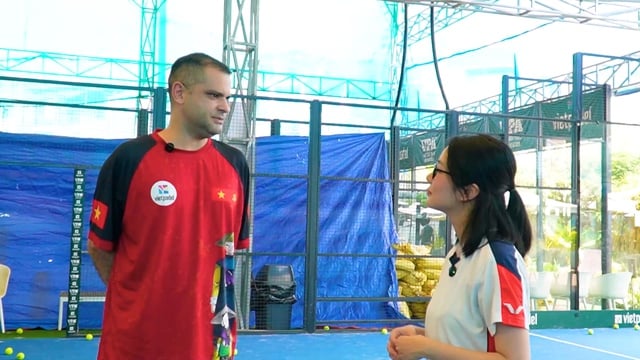
Coach Oscar Castaneda from Mexico - the homeland of padel, believes that Vietnam has a lot of potential to develop padel
PHOTO: VO HIEU
In Vietnam, the padel movement is in its early stages. Some courts in Ho Chi Minh City and Hanoi have started operating, mainly founded by the expatriate community. Bao believes that in the next few years, if invested in the right direction, padel can become a new sports trend alongside tennis and pickleball.
Many sports stars such as David Beckham, Lionel Messi and Cristiano Ronaldo have played padel, contributing to bringing this sport closer to the global public.
Coach Oscar Castaneda, a Mexican who is currently coaching padel in Ho Chi Minh City, said he has been involved in the sport for nearly a decade.
"I started playing in 2015 and switched to coaching in 2016. I have been playing tennis since I was 8 years old, so the racket has been with me all my life. Most of my friends switched from tennis to padel, so I decided to give it a try - and then I became a coach. I think Vietnam has a lot of potential. I have not met anyone who does not like the sport. All the people I have met in the past year love padel. I think Vietnam will soon become a padel country," he said.
Padel is entering a period of strong development. The International Padel Federation (FIP) is currently expanding its professional tournament system and promoting padel as an official Olympic sport in the future.
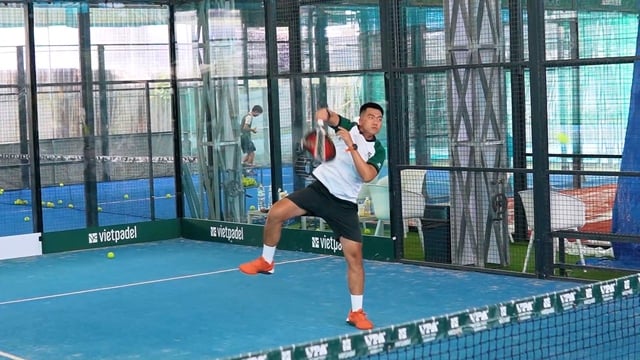
Padel courts are enclosed by glass or walls.
PHOTO: VO HIEU
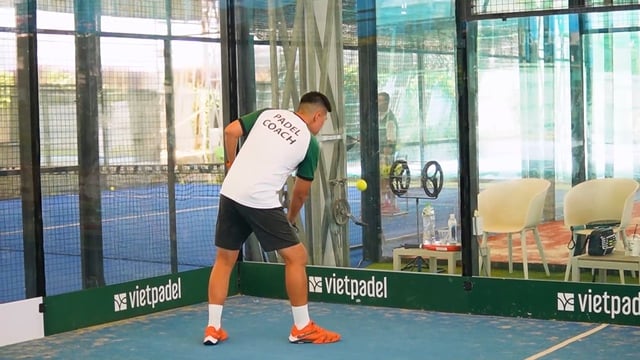
The special thing about padel is that the ball can bounce off walls or glass and still be hit again, with no limit on the number of bounces.
PHOTO: VO HIEU
"With the advantages of being easy to play, not taking up much space and suitable for urban lifestyle, padel is expected to soon become a popular sport in Vietnam. Once players understand how to use the wall, feel the ball and coordinate with teammates, they will find padel attractive in its own way," said coach The Bao.
Source: https://thanhnien.vn/padel-mon-the-thao-khien-the-gioi-phat-sot-co-gi-ma-duoc-du-bao-hot-hon-ca-pickleball-185251013184816167.htm







![[Photo] Solemn opening of the 1st Government Party Congress](https://vphoto.vietnam.vn/thumb/1200x675/vietnam/resource/IMAGE/2025/10/13/1760337945186_ndo_br_img-0787-jpg.webp)






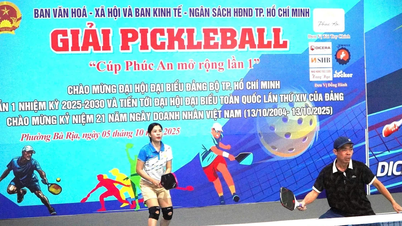

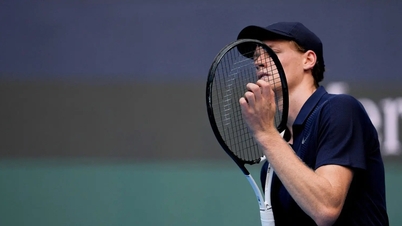
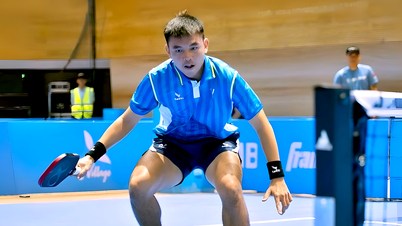
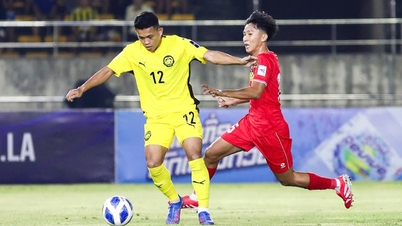


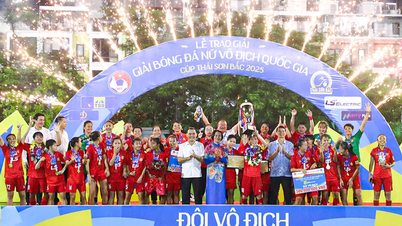



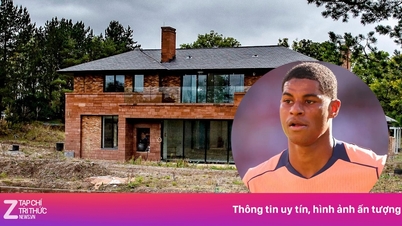




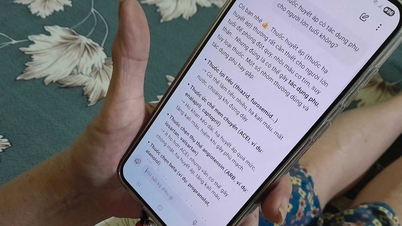

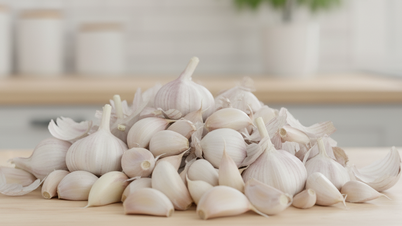



![[Photo] General Secretary To Lam attends the opening of the 1st Government Party Congress](https://vphoto.vietnam.vn/thumb/1200x675/vietnam/resource/IMAGE/2025/10/13/1760321055249_ndo_br_cover-9284-jpg.webp)





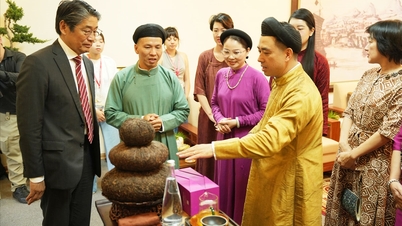






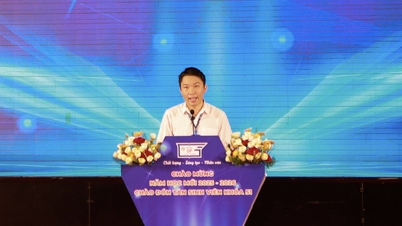

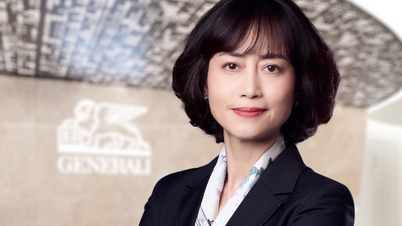









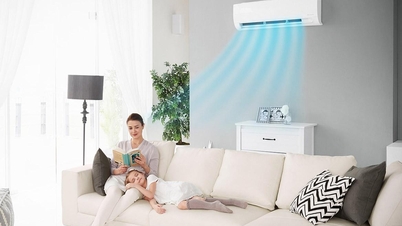











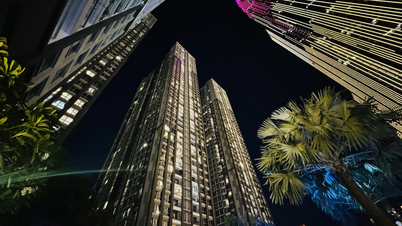



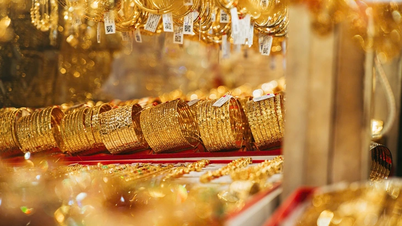
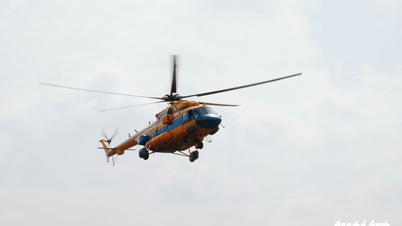




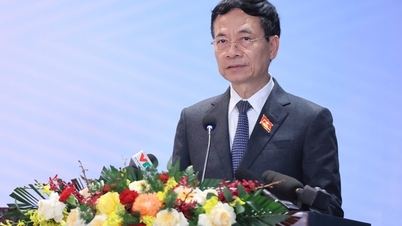







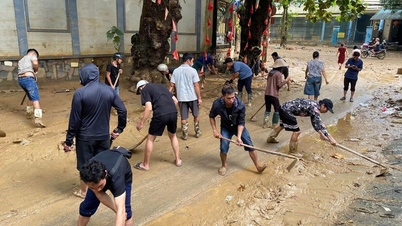

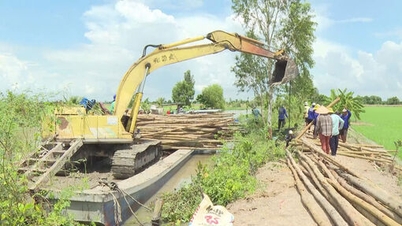















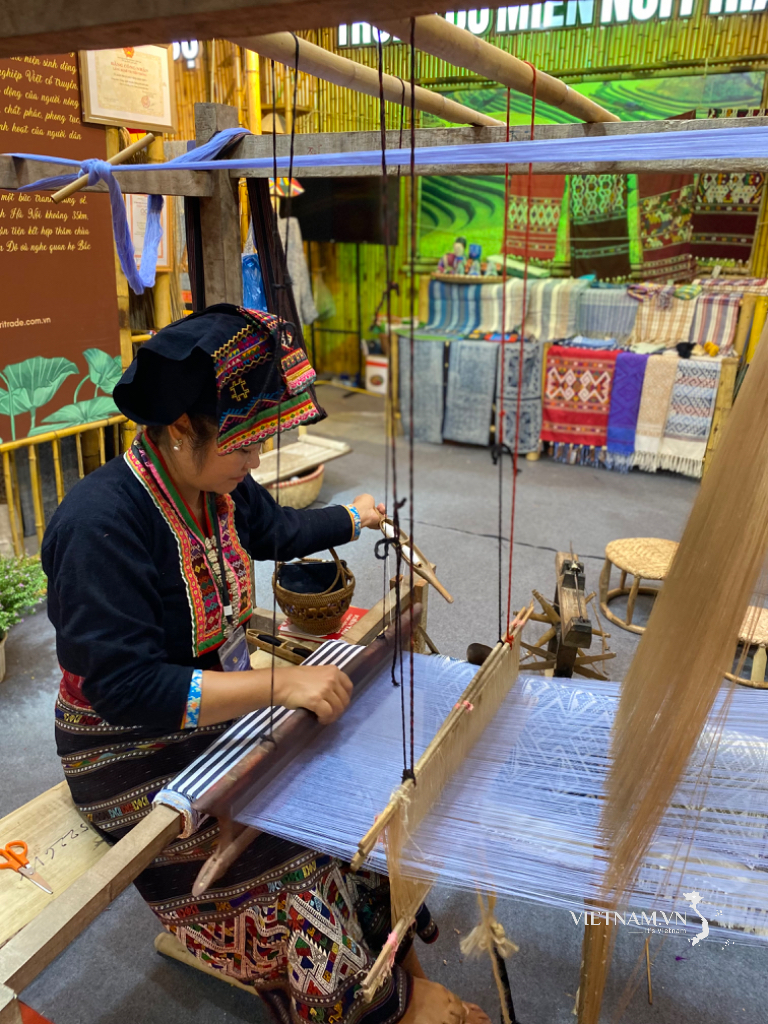



Comment (0)